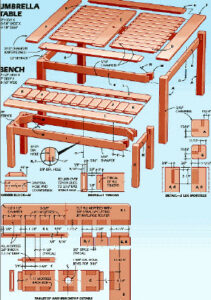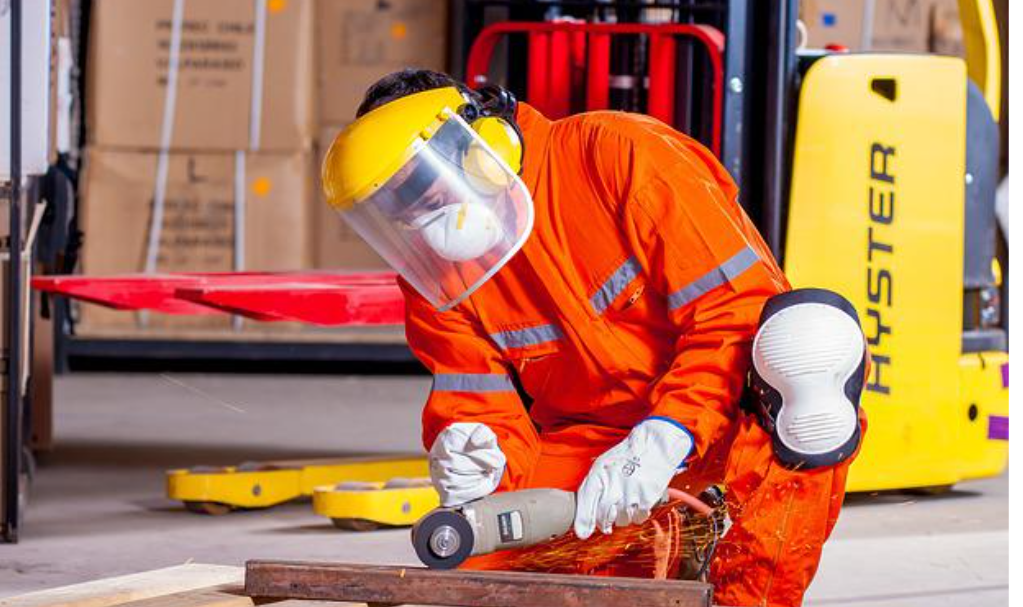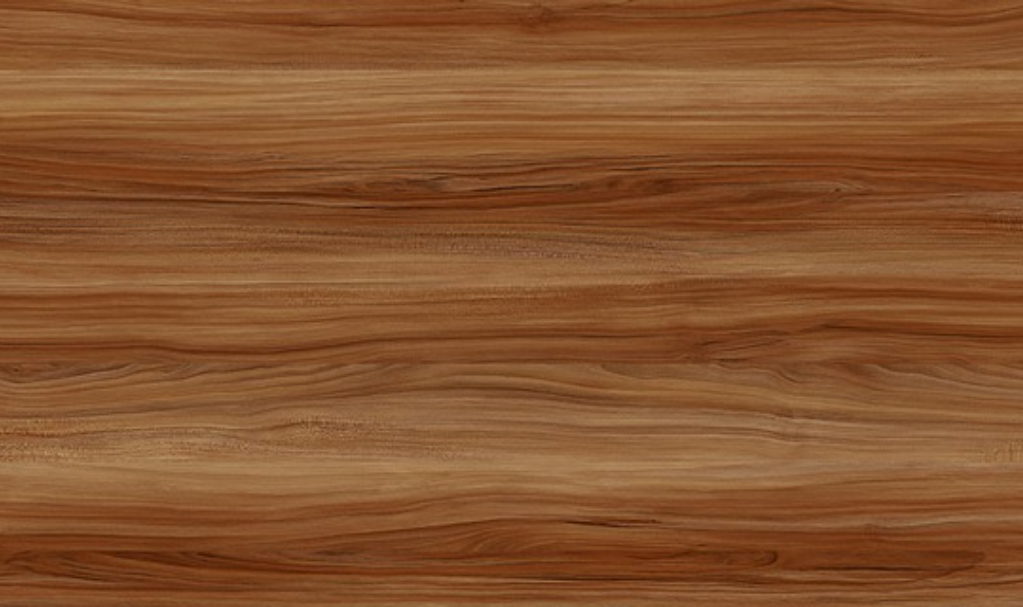Indoor Versus Outdoor Projects
 Most wood will degrade over time in the presence of water or ultraviolet sunlight.
Most wood will degrade over time in the presence of water or ultraviolet sunlight.
Moisture is a major threat to wood as it invites mold and wood-boring insects.
Some of the most durable outdoor woods include western red cedar, cypress, white oak, and redwood.
This lumber contains natural oils or profiling compounds that resist rot and help repel insects.
Boatbuilding woods such as mahogany and teak are excellent choices, although they are much more expensive than the common weather-resistant species.
Consider using a pressure-treated wood if you are not using it for food or contact with skin as in the case of a chair or bench.
It takes paint well once the infused chemicals dry and the wood tends to be warranted for decades against rotting. Be careful and wear a dust respirator when machining pressure-treated lumber to keep from inhaling the sawdust, which contains the treating chemicals.
Type Of Finish To Be Used
For painted projects, choose the wood that has a smooth texture without a heavy grain pattern.
Ideally, the lumber should sand and finish so smoothly that the grain entirely disappears. Good paint-grade hardwoods include birch, aspen, and birch.
These also tend to be less expensive than hardwoods with more attractive wood grain patterns. Softwoods generally produce a blotchy, uneven tone when they are finished with a stain, but they make excellent economical painted woods. Pines, first and other white woods are good candidates for paint finishes.
Thickness Of Wood
Nearly all the board lumber you will find in a home center or lumberyard will be milled to ¾-inch thickness.
There could be a small amount of ‘craft’ woods in ¼-inch thickness made of oak or poplar as well as laminated blanks in a few sizes up to 3 inches thick. Lengths of craft woods are typically about 3 feet. Some projects require large panels such as tables and entertainment centers and if you don’t own a jointer and clamps to glue your own wide panels from narrower boards, your local home store probably stocks pre-glued sanded panels as wide as 3 feet and up to 8 feet long.
Visualize What Parts Of Your Project Will Be Seen
Commonly practiced in furniture building is to use secondary or cheaper lumber on the insides and backs of pieces and the more expensive, nicer wood on the outer areas of the furniture. Places, where secondary wood might be used, are drawers, shelves inside a cabinet, the backs of cabinets and desks, under the tabletop, legs, etc. Poplar and pine are often integrated into projects as secondary wood pieces.
Budget Considerations
Lumber can be expensive, particularly if you buy it completely surfaced. Often sticker shock will push you over the edge and make your choice of lumber obvious.
When determining the amount of lumber you will need, factor in another 20 to 30 percent additional wood. The overage invariably gets used in the end. If the price is out of reach, consider using a more economical wood and staining it to match the color of more expensive wood.





